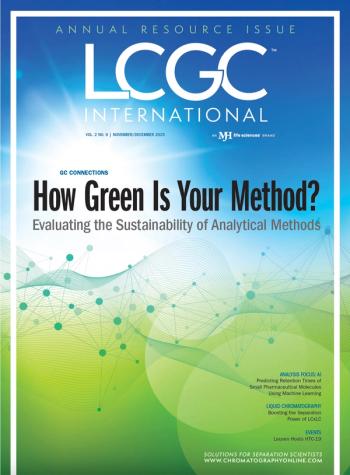Key Points:
- A new study from Justus Liebig University Giessen found that despite being marketed as “safe” or “free from harmful chemicals,” many personal care products—including those used on babies and around sensitive areas—were found to contain genotoxic, cytotoxic, and estrogenic compounds.
- The authors developed a novel imaging safety screening based on high-performance thin-layer chromatography with bioassays.
- This approach allows rapid, non-targeted detection of toxic substances in personal care products and offers a more sustainable, scalable, and sensitive alternative to conventional methods.
A recent study published in the Journal of Chromatography A by a team from Justus Liebig University Giessen in Germany, introduces a novel imaging safety screening to assess the safety of personal care products (1). Using high-performance thin-layer chromatography (HPTLC) combined with planar bioassays, the researchers identified a range of potentially hazardous substances in commonly used products.
Personal care products are items used in everyday hygiene, such as shampoo, body wash, moisturizers, and toothpaste. They can be used several times a day, thereby coming into contact with the skin for many hours, and, despite daily showering, their effects can last on the skin for weeks. Under the Registration, Evaluation, Authorization and Restriction of Chemicals (REACH) regulation, companies are required to identify all risks linked to the chemicals they produce to manage those risks effectively and safeguard human health and the environment (2).
The study evaluated 140 personal care products across 20 categories, including lipsticks, wound-healing creams, shampoos, and sunscreens. The screening method, which does not rely on prior knowledge of the sample composition, was designed to detect genotoxic, cytotoxic, and estrogenic compounds through a non-targeted analytical approach.
Key findings indicated the presence of compounds with genotoxic potential in several product types. For instance, the researchers observed that certain lipsticks and wound healing and nipple creams (those often in contact with breastfeeding babies) exhibited genotoxic effects at relatively low concentrations. The calculated EC₅₀ values—representing the dose at which a 50% genotoxic response occurs—were approximately 60–66 µg for certain products. For example, the EC₅₀ for one wound-healing cream was 66 µg, and 61 µg for a lipstick. In practical terms, the amount of product applied during regular use could significantly exceed this threshold.
Among the compound groups detected were (ep)oxidized fatty acids, mineral oil hydrocarbons (MOSH/MOAH), chlorinated paraffins, and lanolin oxidation products. These were identified in trace amounts but demonstrated measurable genotoxicity through the applied bioassays. Some of these compounds are not listed on product labels, as they may form during manufacturing or arise from impurities in raw materials. Also, while individual ingredients may be considered safe at specific concentrations, the combined effects of complex mixtures can result in unanticipated outcomes. The authors note that routine regulatory approaches may not fully capture these mixture effects, particularly when it comes to non-intentionally added chemicals.
The team highlighted the advantages of the developed method, including the cost (consumable costs were €0.8 per sample) and the speed, making it suitable for high-throughput screening. The combination of HPTLC separation with planar hazard-related bioassays on the same surface enabled reliable quantitative results for known and unknown hazardous compounds in complex products.
Importantly, the authors do not suggest that all personal care products are unsafe. Rather, their findings point to the need for more comprehensive, effect-based safety evaluations, especially for products applied frequently or on sensitive skin areas. For example, products used on infants, around mucous membranes, or on broken skin may warrant closer scrutiny due to potential exposure pathways.
The study also suggests that future product development could benefit from incorporating screening tools such as the one presented. This may help manufacturers better understand the safety profiles of formulations and assist consumers in providing products that better serve their needs in terms of health, sustainability, and ethics.
References
(1) Morlock, G. E.; Zoller, L. Fast Unmasking Toxicity of Safe Personal Care Products. J. Chrom. A 2025, 1752, 465886. DOI: 10.1016/j.chroma.2025.465886
(2) European Commission, Regulation (Ec) No 1907/2006 of the European Parliament and of the Council of 18 December 2006 concerning the Registration, Evaluation, Authorisation and Restriction of Chemicals (REACH), establishing a European Chemicals Agency, OJ L 136 (2007) 1–282.




